Last week, Jaden French’s steelhead fishing season was on the line.
The tourism manager for Takla Nation was at Suskeena Lodge on the Sustut River, a remote tributary of the Skeena located on the nation’s traditional territory. Staff were busy fixing up cabins and preparing to welcome their first guests.
But amidst the excitement, there was an air of uncertainty.
“It’s as peaceful as ever until you get onto the emails and start seeing what’s going on out there,” French told The Tyee as he waited for word on whether the steelhead fishing season — the first since the nation bought the remote fishing lodge this winter — would even open. He was giving it a 50-50 chance.
“This is our first season running the place,” he said. “For it all to come to an end would be pretty unfortunate.”
That outcome was narrowly avoided. On Aug. 15, the Forest Ministry informed operators in the Skeena watershed that while steelhead returns are low, the season will go ahead. The province didn’t rule out an abrupt mid-season closure, but current projections suggest that’s unlikely.
It’s not the first year that uncertainty has loomed over northern B.C. businesses that rely on steelhead fishing. With declining returns in recent years, many fear it won’t be the last. That makes it harder to attract staff, such as chefs and fishing guides, to their operations — not to mention the guests that often book a year in advance. They’re calling on the province to manage the fishery in a way that won’t leave small, upstream operations on the hook.
“What are we doing so that we can have season after season without any worries for all of us?” French wondered.
Wild steelhead are an ocean-run trout prized for their fierce fight on a fishing line. Despite being strictly catch-and-release in B.C., avid fishers travel from all over the world to visit the Skeena watershed for the thrill of reeling one in. Once the season opens in late August, they can be spotted strolling local shopping districts and mingling in coffee shops, sometimes still clad in their hip waders.
“It’s a way of life up here. It’s iconic. You can ask someone who has never fished in their life and they’ve heard the term ‘steelhead’ in the Bulkley Valley,” says Billy Labonte, vice-chair of the Upper Skeena Angling Guides Association.
But the fish that attract millions in tourist spending each year are also in perilous decline. In 2021, the province closed recreational angling for steelhead mid-season, on Oct. 21, due to “dismal" returns. It was the worst steelhead season on record.
Those who rely on steelhead for their livelihoods fear that this season won’t be far behind. By Aug. 15, about 6,000 had entered the mouth of the Skeena, making it the fourth lowest year on record in 69 years of monitoring, according to the province. It predicts roughly 10,000 steelhead will return to the watershed this year, slightly more than the threshold of 8,000 fish that would signal an “extreme conservation concern.”
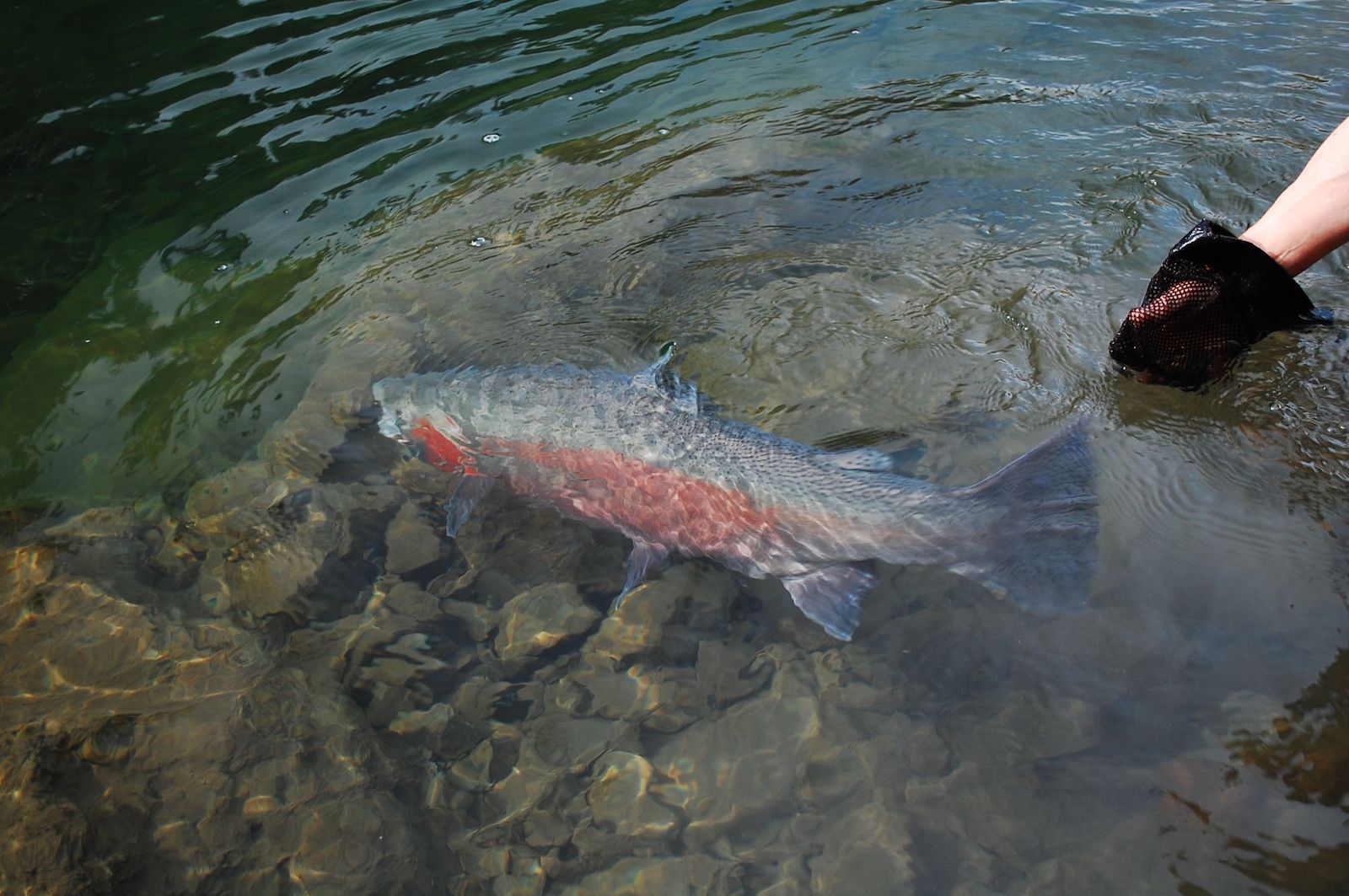
Steelhead, a salmonid species, share many traits with sockeye, including travelling the same spawning routes at a similar time of year. It makes them vulnerable to the gillnets that snag salmon as they enter the mouth of the Skeena near Prince Rupert. But unlike their salmon cousins, which spawn once and then die, steelhead can make the journey from the ocean to their natal spawning grounds several times in one lifetime, running the gauntlet of commercial fishing nets each time.
In a statement earlier this month, the Upper Skeena Angling Guides Association called on the provincial and federal governments to “immediately close commercial fisheries” in order to protect migrating steelhead.
On Aug. 3, Fisheries and Oceans Canada, or DFO, did just that. But it closed the fishery not to protect steelhead, but because of lower-than-expected sockeye returns.
“To date, the only fishery that’s ever been shut down due to steelhead concerns is the sport fishery,” says SkeenaWild Conservation Trust executive director Greg Knox. “A few hundred or a thousand steelhead that are protected at the mouth of the river can make the difference between us meeting our conservation goals and upriver businesses being able to benefit from the resource.”
Labonte and Carrie Collingwood own Babine Norlakes Steelhead Camp. The couple met through their work in outdoor tourism while Collingwood was working as a fishing guide at her father’s wilderness lodge in Spatzizi. Labonte has guided on the Babine River going back to the early 1990s. They began operating Babine Norlakes as a family business in 2011.
But they fear their children won’t have the same opportunities in tourism.
“We’re all just small-town people and we’re trying to speak up against a huge, huge barrier — like, huge political power,” says Collingwood, who believes they are up against a powerful commercial fishing industry. “It’s pretty hard for small families to even try to raise a voice.”
The lodge hosts nearly 100 guests from all over the world during its season, which lasts until early November, and Collingwood estimates that each guest may spend close to $20,000 visiting the region.
“Some of them spend three, four or five nights at hotels here in town, because it’s such a beautiful place to be,” Labonte adds. “That’s new dollars coming into this country and into this community.”
But when it comes to lobbying for more effective management of steelhead stocks, it’s hard to know where to turn, the couple says. The fate of Skeena steelhead falls between several regulators.
While decisions over opening steelhead fishing are made by the Ministry of Forests, freshwater fisheries are managed by the Ministry of Water, Lands and Resource Stewardship. But the provincial government only has so much control over what happens in coastal waters, where DFO regulates commercial fishing.
When sockeye returns are strong, DFO opens the fishery at the mouth of the Skeena. But just as smaller, at-risk wild salmon populations can be indiscriminately swept up in fishermen’s nets, steelhead also become bycatch. While measures are taken to return them safely back to the ocean, many don’t survive.
By comparison, Labonte says that fishing guides follow strict protocols to reduce mortality from catch-and-release angling, such as keeping the fish in the water and releasing them within seconds. He says less than two per cent of steelhead die as a result.
“And that’s of the fish that we actually hook,” he adds. “You don’t hook that many when you’re fishing with a fly rod.”
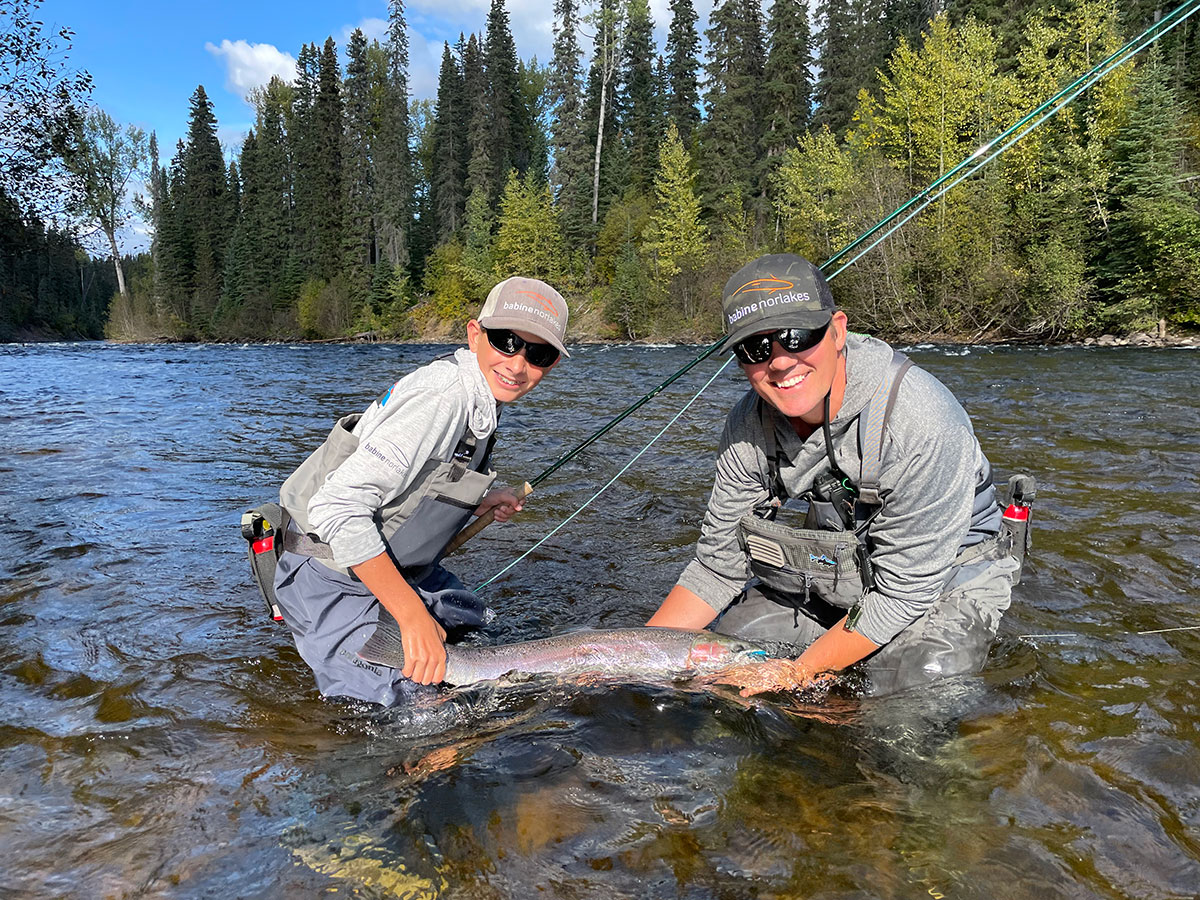
Dawn Webb doesn’t believe that commercial fishers — an industry actively trying to avoid steelhead — should be held responsible for their dwindling numbers.
The organizer with UFAWU-Unifor, the union that represents commercial sockeye operators, says that when “stocks of concern,” like steelhead, get hung up in gillnets, removing them and ensuring they’re returned safely to the ocean takes time and effort. It’s something fishers would rather avoid in the midst of a short fishing season.
As a result, she says, commercial gillnetters tend to avoid areas where they might encounter steelhead. In addition, they take measures like using nets that sit lower in the water (migrating steelhead prefer to swim closer to the surface) and limiting the amount of time the nets are in the water to reduce the likelihood of bycatch dying in the nets.
“We’re doing absolutely everything we can,” she says. “We avoid them by where we fish, we avoid them by when we fish, and then we avoid them by how long our nets are in the water.”
When steelhead are caught in commercial gillnets, they are returned to the ocean as quickly as possible, she says. Any that aren’t faring well are put into revival tanks until they recover. Even those that don’t survive are returned to the ocean.
Webb says that mortality for all bycatch is less than 18 per cent.
She empathizes with the uncertainty faced by angling operations. Last year, the decision to open the commercial fishery came with two days’ notice and abrupt closures are common, she says. It’s making it harder to attract people to the industry. What was once a flotilla of more than 500 boats at the mouth of the Skeena is now reduced to about 100 boats each season, Webb says.
“Nobody wants to see anybody losing employment,” she says. “But I do very much have an issue with the commercial sector being blamed for that, because it’s not the case.”
Knox, with SkeenaWild, acknowledges there’s a variety of impacts that have led to the decline of wild steelhead. Among them are the southern Alaskan fishing boats that harvest salmon and steelhead destined for B.C. rivers.
But he also draws a link between intensive sockeye fishing and low steelhead returns.
“It’s only the last couple years where we’ve seen some pretty aggressive commercial fisheries again,” he says, after about a decade of reduced commercial fishing. He adds that the increase in commercial fishing has coincided with five years of low steelhead returns.
“This is a real concern and we need to be proactive now if we want to ensure that we have steelhead around in the future and in numbers that can benefit our communities,” Knox says. “The commercial fishery at the mouth of the river is really important, especially to Prince Rupert. But you also have to consider that steelhead fisheries are really important to communities upriver.”
Gladys Atrill, who is both the executive director of Smithers Tourism and the town’s mayor, calls the rivers in the upper Skeena “legendary.”
“People who want to fish for steelhead, this is on their list of places to come, globally,” she says. “So, there’s an economic cost, but there’s a cultural cost, as well, to the community.”
But there are concerns that Skeena steelhead could follow the same fate as their counterparts in the Interior Fraser watershed.
In 2018, the Committee on the Status of Endangered Wildlife in Canada determined that steelhead in the Thompson and Chilcotin rivers were at imminent risk of extinction. The committee recommended an emergency listing order under the federal Species at Risk Act.
But that never happened.
Last year, the B.C. Wildlife Federation accused the federal government of a coverup, saying DFO was refusing to disclose scientific documents related to “the looming extinction of B.C.’s Interior Fraser steelhead runs.” Specifically, it had sought DFO’s assessment of the endangered wildlife committee’s determination through freedom of information laws back in 2019, but the federal government has failed to provide it.
Citing provincial data, the federation says that steelhead in the Thompson and Chilcotin watersheds number in the dozens, down from thousands in the 1980s. A species-at-risk designation would legally obligate governments to protect the fish, which would come at a cost to the commercial fishing industry.
BC Wildlife Federation executive director Jesse Zeman says the federation recently wrote to Nathan Cullen and Bruce Ralston, the ministers responsible for B.C.’s land and forest ministries, respectively, but didn’t receive a response.*
Zeman says he would like to see the province dedicate more resources to the management of fish and wildlife. “Without money and people, we can’t address those problems,” he says. “If the province is not going to invest in them, our future is fighting over the last fish.”
Labonte and Collingwood also say they have written to both the DFO and Cullen, who is also their MLA in Stikine. They say Cullen appeared receptive when they met with him in June and met with stakeholders earlier this month.
The Tyee requested an interview with Cullen, but he was not available.
Earlier this year, as part of a DFO working group on salmon fisheries management, B.C.’s Land Ministry called on the federal government to close the commercial fishery by July 31, the date when steelhead begin appearing at the mouth of the Skeena. It made the same request last year, when steelhead fell — like this year — within the province’s “conservation concern zone,” the ministry confirmed in an email.
DFO didn’t respond directly to The Tyee’s questions about whether it considers steelhead returns when shutting down the sockeye fishery, as it did in early August both this year and last year. It said it had made the decision to not extend this year’s commercial fishery beyond Aug. 3 after sockeye runs “declined relative to earlier estimates.”
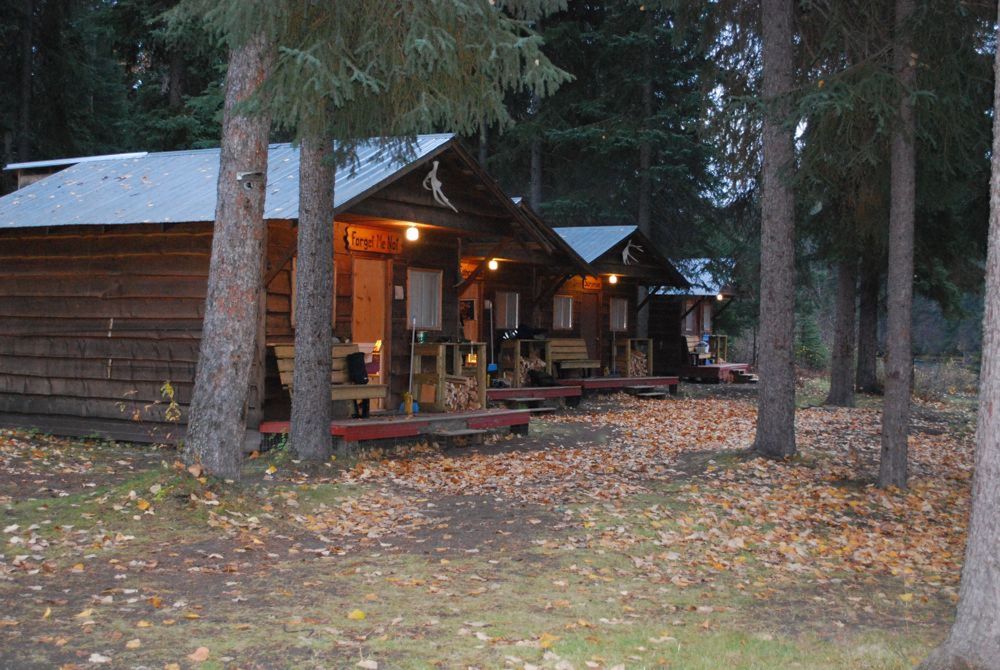
Like Zeman, Takla Nation’s tourism manager fears that various sectors relying on salmon and steelhead could end up squabbling over the last fish.
“It seems like we’re always fighting over scraps as far as wildlife goes, between First Nations, residents and guide outfitters or fishing lodges,” French says. “We’re always fighting over who gets what piece of the pie, when we should all be focusing on everyone having enough.”
With this year’s uncertainty behind them, it’s now full steam ahead at Suskeena Lodge. Aside from a “soft opening” held earlier this summer — when they trained staff by inviting Elders to the lodge to share stories about the territory — their first guests arrive this week.
The lodge employs a handful of nation members, in addition to a lodge manager, chef, housekeeper and two fishing guides. It provides an opportunity for Takla youth to apprentice in various tourism jobs — and a source of pride for the nation.
“We call it a social enterprise,” French says. “We’re in it to provide unique employment opportunities for our youth, to get them out here, get them working on the land in remote areas, and really push them to become whatever they want to be in life.”
The main goal is not to make money, he adds. But without a fishing season, the nation would be lucky to break even.
While he’s thrilled that the season is going ahead, the overriding issue remains.
“To me, it puts a huge spotlight on the mismanagement of fish and wildlife,” he says, adding that the economy always seems to come second to sustainability. “When I go out there and make decisions on the fishing lodge or the guide outfit, it’s always wildlife-first for me.”
* Story updated on Aug. 24 at 9:19 a.m. to remove Taylor Bachrach's name from the list of people who did not provide a response. ![]()
Read more: Rights + Justice, Environment




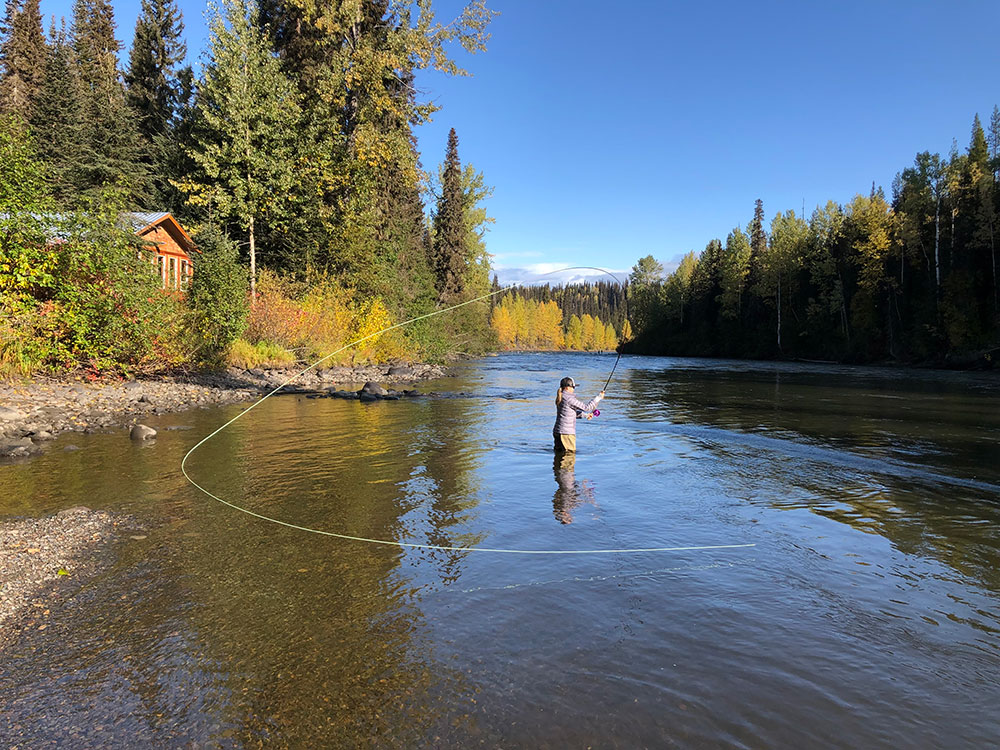


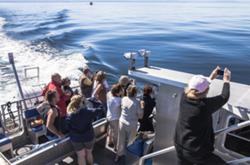
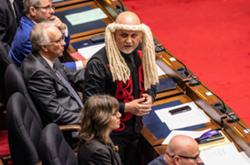
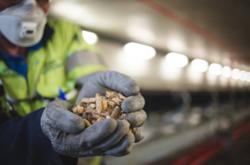



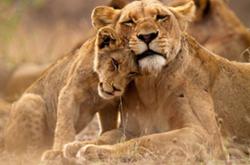



Tyee Commenting Guidelines
Comments that violate guidelines risk being deleted, and violations may result in a temporary or permanent user ban. Maintain the spirit of good conversation to stay in the discussion and be patient with moderators. Comments are reviewed regularly but not in real time.
Do:
Do not: